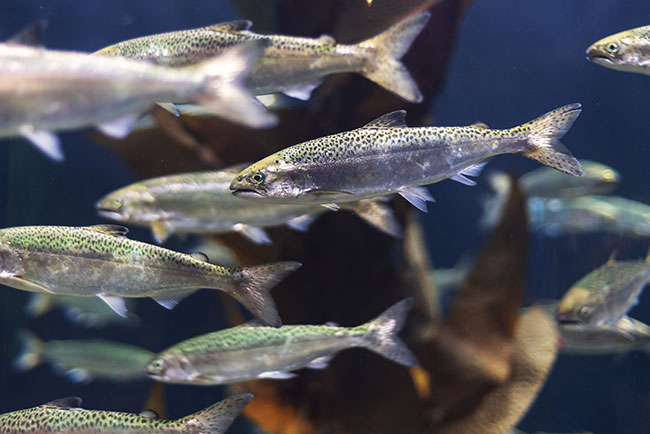- This topic is empty.
- AuthorPosts
- Aprili 10, 2025 at 9:13 mu #625704

Catfish farming has emerged as a profitable venture for many aquaculture producers across the globe. However, with its growth comes the challenge of managing pests and diseases that can severely affect fish health and overall productivity.
Embracing integrated pest and disease management (IPDM) in catfish farming is a proactive approach that combines multiple strategies to prevent, monitor, and control disease outbreaks in a sustainable and environmentally responsible way. IPDM not only improves fish survival rates but also reduces dependency on harmful chemicals, paving the way for healthier, more resilient aquaculture systems.
1. Regular Monitoring And Early Detection Of Health Issues
The cornerstone of IPDM is continuous monitoring of fish behavior, water conditions, and physical signs of disease. Early detection of unusual activity—such as sluggish movement, reduced appetite, or visible lesions—allows for timely intervention before a full outbreak occurs.
Routine health checks and water quality assessments help identify stressors that may compromise the fish’s immune system. This vigilance ensures that small problems do not escalate into large-scale losses, thereby protecting both stock and profits.
2. Maintaining Optimal Water Quality For Disease Prevention
Many diseases in catfish are triggered or worsened by poor water conditions. Parameters such as temperature, pH, dissolved oxygen, and ammonia levels must be carefully maintained to create a stress-free environment.
Clean, well-aerated water reduces the risk of bacterial and parasitic infections. By optimizing water quality, farmers can significantly reduce disease susceptibility and enhance the overall immune response of the fish, forming a critical part of any effective IPDM strategy.
3. Use Of Probiotics And Natural Immune Boosters
Probiotics and natural additives like garlic, turmeric, and aloe vera are becoming popular alternatives to antibiotics and chemical treatments. These substances enhance gut health, improve nutrient absorption, and boost immunity in catfish. When integrated into feeding practices, they help create a natural defense mechanism against infections.
This approach not only supports fish health but also ensures safer products for consumers and minimizes the development of antimicrobial resistance in aquaculture environments.
4. Biosecurity Measures And Farm Hygiene
Strict biosecurity protocols are essential to prevent the introduction and spread of pathogens on catfish farms. Practices such as disinfecting equipment, restricting access to ponds, quarantining new stock, and controlling bird and animal access can significantly lower the risk of disease transmission.
Maintaining high standards of farm hygiene creates a protective barrier that supports the effectiveness of other IPDM strategies and reduces the frequency of outbreaks.
5. Strategic Use Of Vaccines And Targeted Treatments
While preventive strategies are the foundation of IPDM, there are times when intervention is necessary. The use of vaccines—where available—and targeted treatments based on accurate diagnosis helps manage infections without widespread chemical use.
Antibiotics, if needed, should be administered responsibly and under veterinary guidance. This integrated approach balances effective disease control with sustainability, reducing the chances of resistance buildup and environmental contamination.
Implementing integrated pest and disease management (IPDM) in catfish farming is essential for maintaining a healthy, productive, and sustainable aquaculture operation. By combining regular monitoring, water quality control, biosecurity, and natural health enhancers, farmers can minimize risks and reduce losses.
IPDM promotes a holistic view of fish health that aligns with long-term profitability and environmental responsibility. As the aquaculture industry continues to evolve, adopting IPDM will be key to building resilient systems that thrive under both market and ecological pressures.
Read Also: Factors Influencing the Time to Market Size in Catfish Aquaculture
- AuthorPosts
- You must be logged in to reply to this topic.

